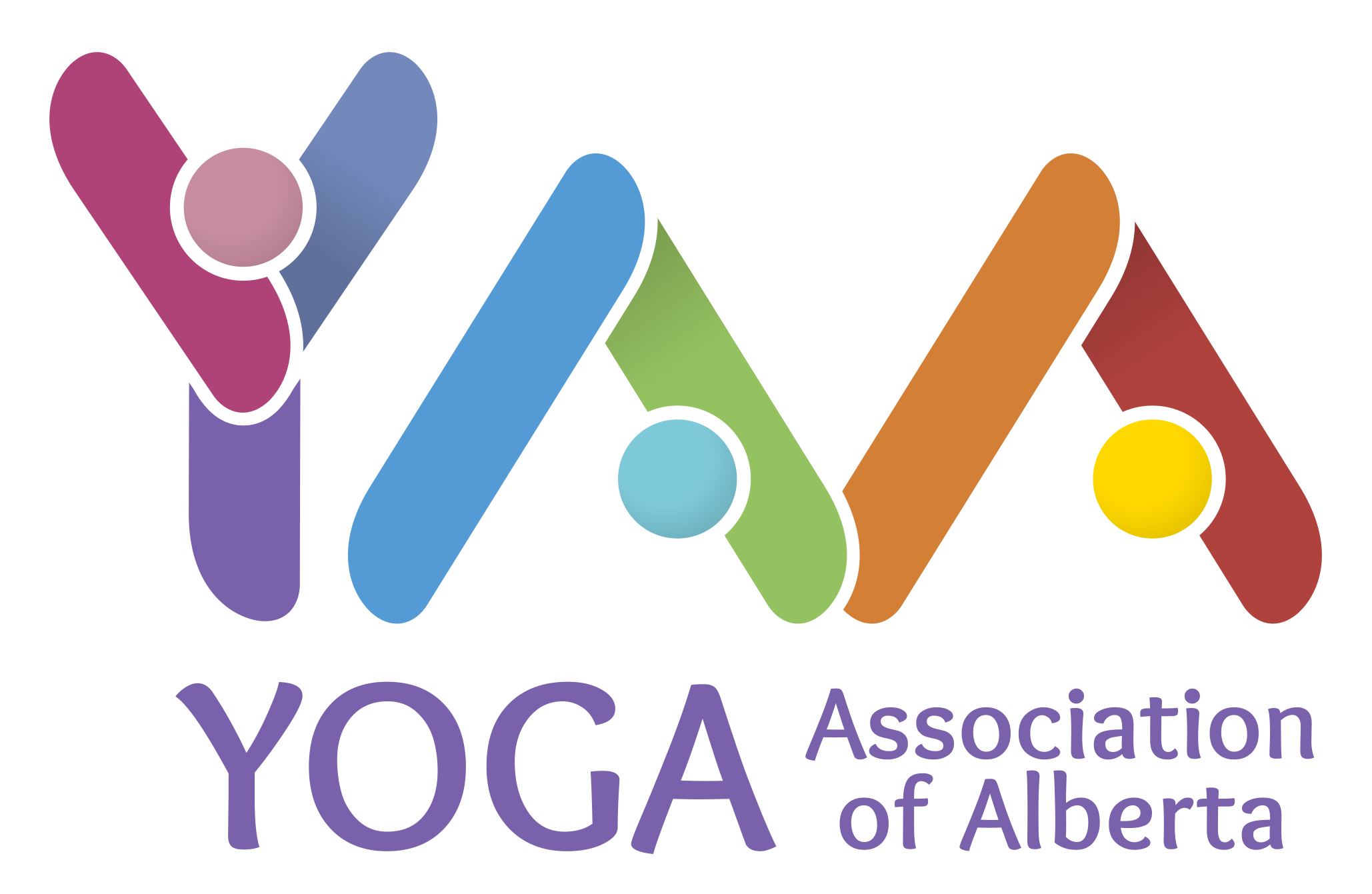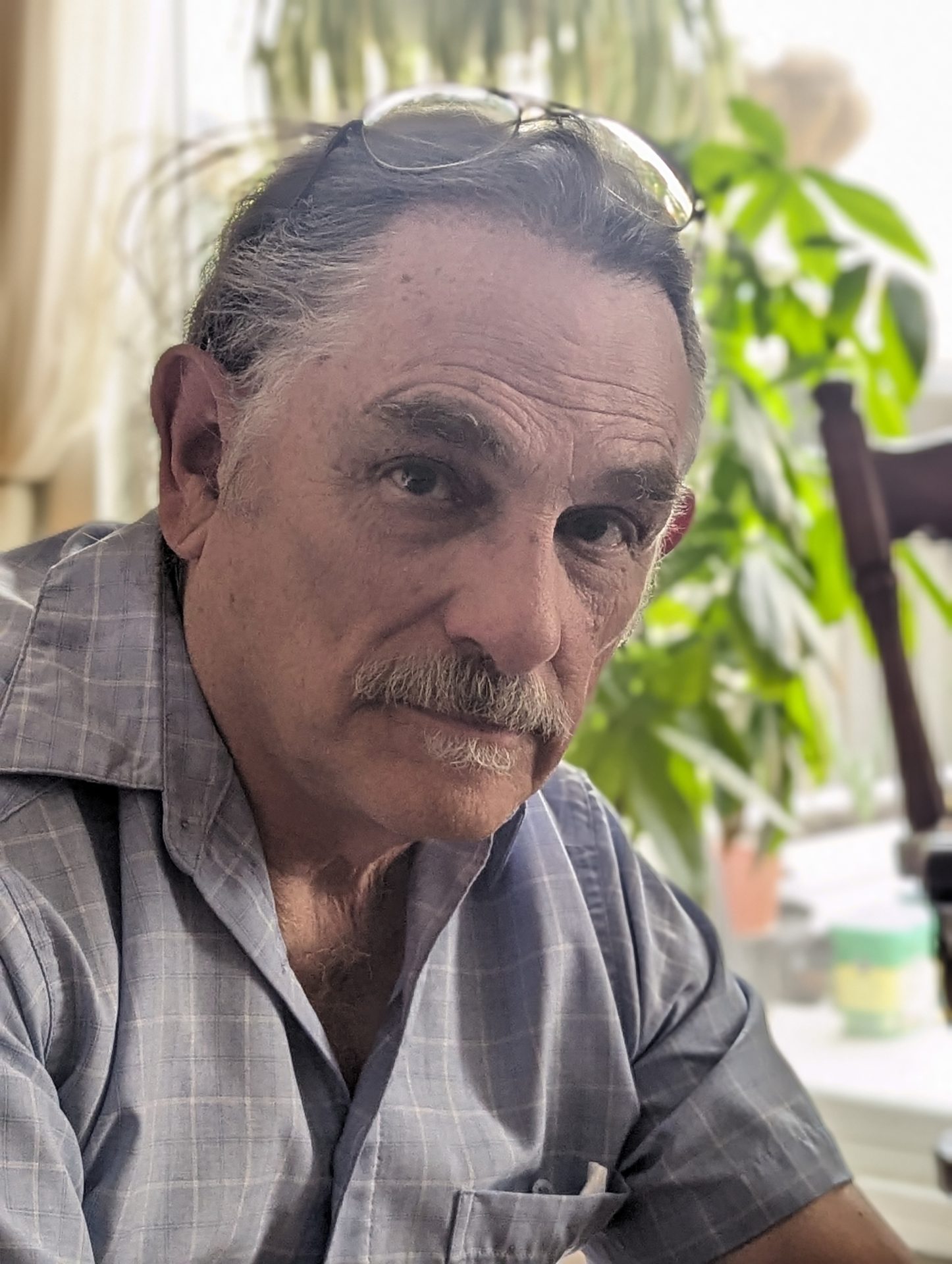by Rob Black
Published Published in the Yoga Bridge Magazine Spring 2025 Volume 25 Issue 2
Yoga asana and pranayama practice and the Feldenkrais Method™ are two paths toward a shared goal of self-awareness. Both approaches emphasize awareness of breath, comfort, appreciation of elegance in movement and positions, as well as change and growth. Participants from both leave classes with a sense of increased wellness and ease.
As with any physical activity, awareness of movement and its consequences is an important component of a yoga practice. Yoga practitioners in their desire to undertake and perfect a pose might ignore the messages of discomfort that their bodies send. The results can be painful and sometimes make an existing condition worse or result in new injuries.
Many yoga practitioners encounter plateaus in their practice, where progress seems elusive despite consistent effort. Often, these roadblocks stem from habitual movement patterns that limit flexibility or strength.
Feldenkrais™ sessions can help practitioners move past injury, limitation, and ingrained habits—unlocking new potential in their yoga practice. Rachel P., a certified yoga teacher, attended her first Feldenkrais™ class to address a chronic shoulder injury. Initially skeptical of the slow, subtle movements, she had a breakthrough when a tiny, deliberate shoulder movement suddenly released long-held tension. Her shoulder began to heal, inspiring her to train as a Feldenkrais™ teacher and integrate the method into her Yoga practice1.
Faye B., also a yoga teacher, had a similar experience. A practitioner of the rigorous Iyengar style, she initially struggled with the Feldenkrais™ emphasis on reducing effort. “To ask me to reduce effort was a real short-circuit,” she admitted. But over time, she noticed profound changes in her body awareness and capabilities, leading her to pursue certification as a certified Feldenkrais™ practitioner 2.
The basics of the Feldenkrais Method™ of somatic education is summarized in an excellent 7-minute Youtube® video (https://youtu.be/voC0aWkl3f8). Dr. Moshe Feldenkrais created this approach with gentle, systematic exploratory movements to enhance awareness, alignment, and functional ease. It engages the nervous system’s capacity for learning (known as neuroplasticity), enabling one to discover new, more effective ways to sense and feel movement.
There is a great deal of commonality in the underlying principles and practices of yoga and the Feldenkrais™ systems, starting with a shared philosophy. An oft-quoted aphorism in the Yoga Sutras of Patanjali is the sthira-sukham asanam, sutra 2.46, that is often translated as, “posture (asana) [should be] stable (sthira) and comfortable (sukha)”3,4. Similarly, Dr. Feldenkrais wrote, “In any coordinated, well-learned action we can distinguish certain features or recognize certain sensations.” Two that he expanded upon include absence of effort and ease of breathing.
Both yoga and the Feldenkrais Method™ place breathing at the heart of their practice. In Feldenkrais™, attention to breath often reveals unconscious tension and habits that interfere with ease. Lessons may explore how subtle adjustments in moving the ribs or the rhythm of breathing reduce effort and improve alignment.
For instance, a student might discover how expanding awareness of breath during a twist allows the movement to unfold naturally, rather than forcing it, and consequently the person can twist further without strain. These discoveries resonate with yoga practitioners, deepening their connection to breath in asanas and meditation, helping them to dance between effort and ease. In balancing poses like Tree Pose or Warrior III, applying Feldenkrais principles to observe and reduce unnecessary muscular tension can improve stability and focus.
The Feldenkrais Method™ is offered through group classes (called Awareness Through Movement™ or ATM®) and individual sessions (called Functional Integration™ or FI®). This article refers mainly to the ATM classes. What is taught in a class is usually referred to as a “lesson”, which emphasizes that the experience is intended to be a learning experience, and that the learning is related to changes in functioning.
What is the Feldenkrais alternative to struggling through a movement? Students in ATM classes are invited to take time to explore movement (and stillness) with curiosity and openness. They are encouraged to notice how they move, to sense how this resonates through their whole body as they follow the suggested movement. This approach broadens their internal awareness, allowing them to refine movements and discover new possibilities. The result is not just improved function but a deeper sense of embodiment and presence.
In many yoga classes participants are in standing postures, but Feldenkrais™ lessons are very often done lying on the floor, prone or supine. This creates an environment where students can focus entirely on sensing and refining movement without the added challenge of maintaining balance. For Yoga practitioners, this can reveal subtle patterns of tension that affect standing poses or transitions. For example, through experiencing a classic Feldenkrais™ lesson entitled “The Pelvic Clock”, a yoga student can improve stability and alignment in Warrior Pose or Downward Dog. By removing habitual compensations, students gain new insights into how their body works as a whole.
Practical Benefits for Yoga Practitioners
The integration of Feldenkrais and yoga offers tangible benefits:
Refining Alignment: ATM lessons clarify errors in alignment thus improving asanas.
Overcoming Plateaus: By introducing new movement patterns, students can release physical or mental barriers in their practice
Reducing Effort: The emphasis on ease transforms poses that once felt difficult or strained into graceful, sustainable movements.
Deepening Awareness: Both practices cultivate mindfulness, and the Feldenkrais Method offers unique tools for sensing the body’s interconnections in real-time.
Many yoga teachers who have participated in ATM lessons find that they can bring some of the lesson sequences into their practice. The ubiquitous “Pelvic Clock” lesson developed by Dr. Feldenkrais is now explored in many yoga classes. It is not uncommon to find yoga teachers implementing a sequence they learned in ATM classes to help their students find comfort in approaching a pose.
Yoga and the Feldenkrais Method™ share a common goal: enhancing strength, flexibility, balance, and presence. By blending these practices, practitioners can move beyond effort and strain to discover ease, grace, and integration in both movement and life. Experience this synergy for yourself.
References Cited:
1My Journey from Yoga to Feldenkrais® and Back Again, By Rachel Potasznik https://feldenkrais.com/my-journey-from-yoga-to-feldenkrais-and-back-again-by-rachel-potasznik/.
2 Improving Yoga Asana with Feldenkrais - Interview With Faye Berton. Video on Youtube: https://www.youtube.com/watch?v=JdwKH7wbwgk. See also her website: https://faye-berton.com
3 See: https://www.ekhartyoga.com/articles/practice/sthira-and-sukha-finding-balance-on-and-off-the-mat
4 For example: https://www.swamij.com/yoga-sutras-list.htm
In Canada, the following are service marks, trademarks, or certification marks of the Feldenkrais Guild® of North America: Feldenkrais®, Feldenkrais® Method or Feldenkrais Method™, Awareness Through Movement®, ATM™, Functional Integration®, FI™, and Guild Certified Feldenkrais Practitioner™
Rob Black, a Guild Certified Feldenkrais Practitioner™, has been practicing for over 30 years and recently joined the YAA. An introduction to the Feldenkrais Method™ and many references are provided on the website: https://somaticjourneys.com. Introductory lessons can be viewed at (https://somaticjourneys.thrivecart.com/free-introduction/). Email: rblack@somaticjourneys.com.
A YAA Professional Development webinar featuring the author and a presentation of the Feldenkrais™ method is scheduled for April 30, 2025. Register at yoga.ca/store or access the recording in the Video Library after that date (Full or Lifetime members only).

